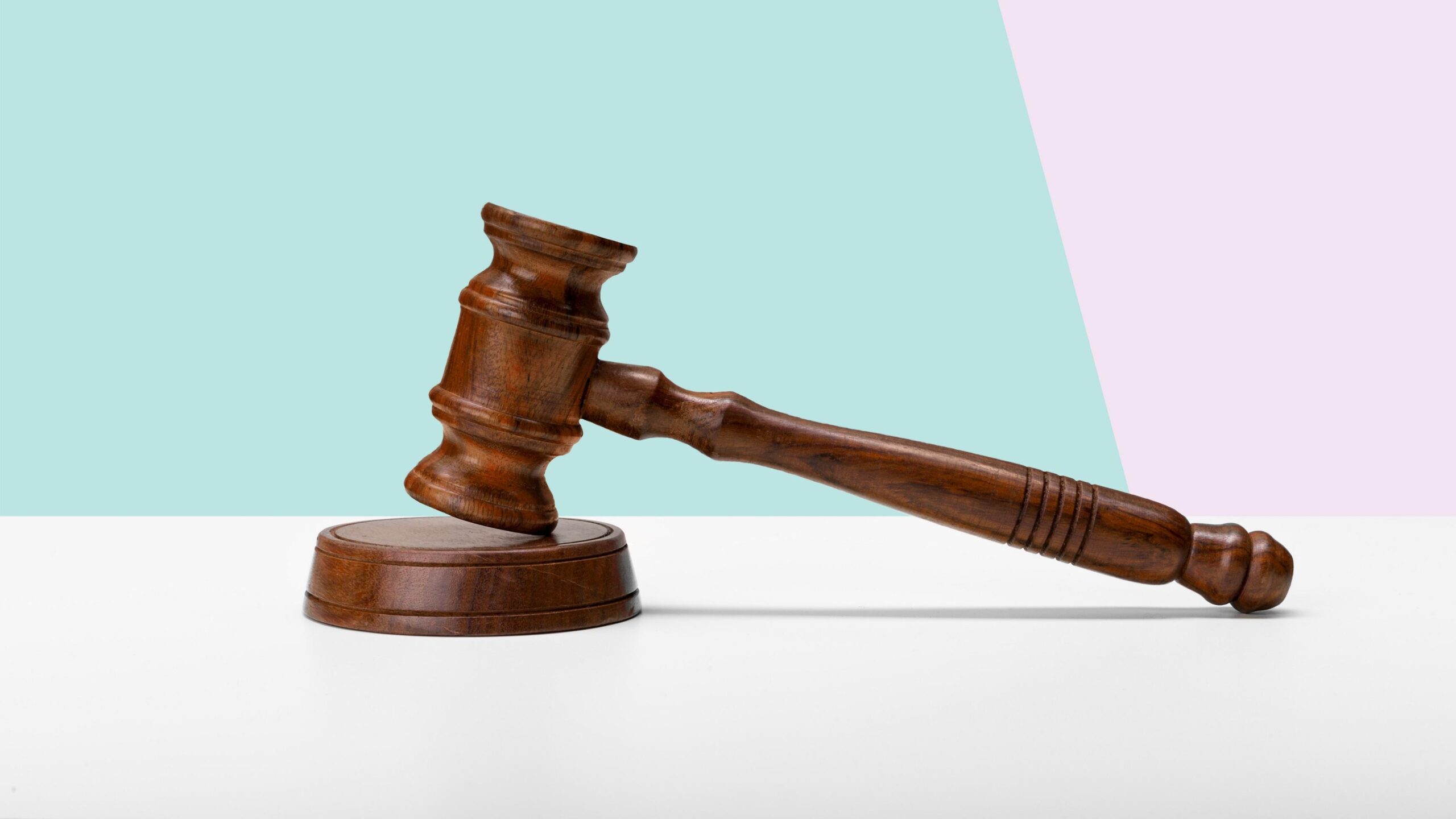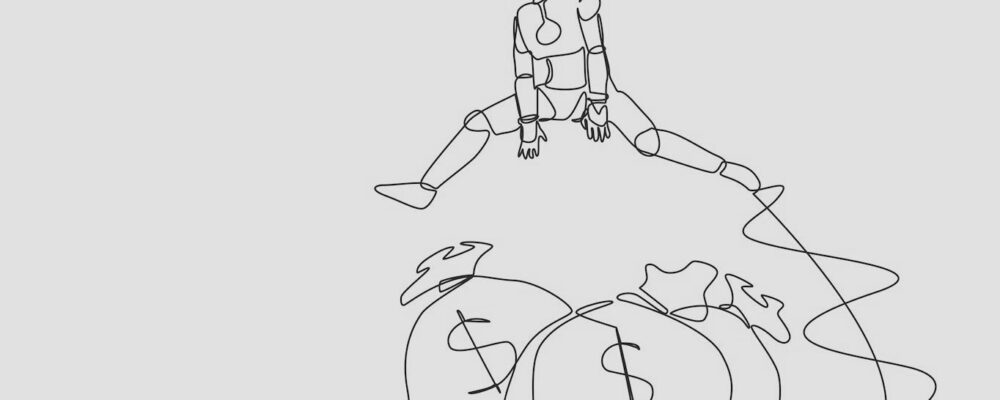Actions tend to be judged based on some set of expectations, standards or thresholds. For example, managers may set sales targets that employees must achieve before getting a bonus; parents may establish ground rules that children need to abide by before rewarding or punishing them; and content moderators may let social media users commit a certain number of rule breaches before permanently banning them.
These common associations between actions and thresholds imply that there are two distinct stages to most judgments and decisions. The first is the threshold-setting stage, in which we set standards to determine when the behaviour of others would lead to action on our part. The second is the application stage, in which we are supposed to follow through on our own pre-set thresholds.
In theory, one would hope that the thresholds we set in prospect are indeed the ones we adhere to in practice. However, in a recent study published in the Journal of Personality and Social Psychology, my co-author Ed O’Brien from the University of Chicago and I (Nadav Klein) found that we routinely decide to punish or praise others before or after they cross the thresholds we establish. In other words, we are often either harsher or more lenient than we plan to be. This discrepancy occurs, we suggest, because the psychology of setting thresholds and standards is distinct from the psychology of following them.
Setting thresholds in prospect and following them in practice
Let’s take the case of an employee who is underperforming. As their manager, you might consider placing them in a dreaded “performance improvement plan”. However, as you are not sure if they require these remedial measures, you decide to examine the next three client presentations they send you. If all of them fail to meet the standard of being client-ready, you would then be certain that this employee must undertake remedial training to remain in the job.
Our research suggests that if you are like most people, you would focus on abstract judgement when you set this threshold. You’d draw on a representative or average summary of countless possible client presentations by this employee and imagine what those might look like. Based on this imagined amalgamation, you would decide that three inadequate presentations would be sufficient for you to make a decision.
In reality, when you actually receive this employee’s first presentation, you would be facing a concrete, real-life deck of slides. Our research suggests that at this point, the imagined amalgamation of possible presentations you relied on for setting your threshold would evaporate. Instead, you would judge the client presentation in front of you and base your decision on this idiosyncratic sampling.
Depending on various features, this may cause you to be harsher than you originally thought (placing this employee on remedial training after just one bad slide deck) or more lenient than you originally thought (placing this employee on remedial training after more than three unsatisfactory presentations).
What causes us to be harsher or more lenient than we plan to be?
Various aspects of what we are evaluating influence whether we end up making harsher or more lenient decisions than we intend to. The basic premise is that we approach these decisions as if we are collecting evidence to support a conclusion. However, our minds being wonderful but imperfect machines, we judge the evidence based not only on its content but also on how it affects us emotionally and how much it helps us imagine the conclusion to be true.
As an example, one of our experiments involved asking participants to set a threshold for the number of negative public message-board comments a user could post (e.g. trolling) before being banned. Participants set relatively lenient thresholds, stating that they would allow some latitude for users to engage in what can be construed as trolling before banning them.
However, after seeing one such negative comment, participants were harsher in their thresholds, stating that they would ban trolling users earlier and based on fewer negative comments. Seeing a negative comment was more emotional, and this caused participants to be harsher in implementing thresholds than in setting them.
A similar trend was observed in another experiment. We asked participants to set a threshold for the number of positive message-board interactions by a user before being invited to be a moderator on the platform. Participants who saw examples of positive interactions were more emotionally affected and thus were more lenient in implementing their thresholds than participants who were not exposed to positive comments. Across both experiments, weakening participants’ emotional response reduced the discrepancy between the thresholds they set and the thresholds they followed.
Moreover, our experiments revealed other factors besides emotion that can create a discrepancy between set and followed thresholds. This includes the ambiguity and consistency of other people’s behaviour, which determine whether to support the conclusion that our pre-set thresholds have been met.
Taken together, our results suggest that we can be quicker or slower to judge others than we plan to. When we set thresholds, we lump together all possible instances we can think of into one representative bucket. This can make us fail to account for all the individual scenarios that could take place – including extremely good or extremely bad ones.
But reality unfolds in terms of distinct and salient events, which generally have a more powerful emotional and psychological impact than when we consider situations in an abstract sense. Without accounting for this, we can end up violating the thresholds we set for others.
Key managerial implications
Managers often pre-set various thresholds for their employees and many would like to think that they are consistent in enacting them. However, it isn’t all that difficult for people to violate the thresholds they’ve established. To the manager setting the threshold, breaching it may not seem like a huge transgression as the judgement was made under different conditions and using different information. But to another individual, it may seem inconsistent, unfair or even hypocritical when the manager says one thing but seems to be doing another.
Managers who set a certain threshold but end up being much stricter in reality could be viewed as overly harsh. On the other hand, managers who are overly lenient could be perceived as lacking a serious leadership style or not imposing sufficient discipline, which can contribute to the loosening of standards within a team. To avoid this, managers should match the type of information they rely on to set their thresholds with the information available when implementing them. For instance, instead of setting a threshold using abstract or aggregate information, consider specific instances in which the threshold could apply and calibrate accordingly.
Another piece of advice for leaders is to be open and honest by admitting when you’ve violated your threshold or changed your mind. Acknowledge that it may not appear to be fair, explain why you made the decision and elaborate on what you may not have realised when initially setting the threshold.
Consulting a third party can also help. Managers may fail to think specifically or think in abstraction by default, as they could have other things on their mind or be overwhelmed by the sheer number of employees they have to evaluate. Co-workers of the person for whom the threshold is being set could be helpful third parties – they are directly affected by the performance of the person being evaluated and would have witnessed this employee’s behaviour in specific instances. A step further might be asking all co-workers for help in setting thresholds for one another.
These suggestions could facilitate threshold setting that is more informed and tied to how behaviours are experienced on a day-to-day basis, which could help prevent discrepancies between how we say we’ll treat others and how we actually treat them.
“INSEAD, a contraction of “Institut Européen d’Administration des Affaires” is a non-profit graduate-only business school that maintains campuses in Europe, Asia, the Middle East, and North America.”
Please visit the firm link to site






